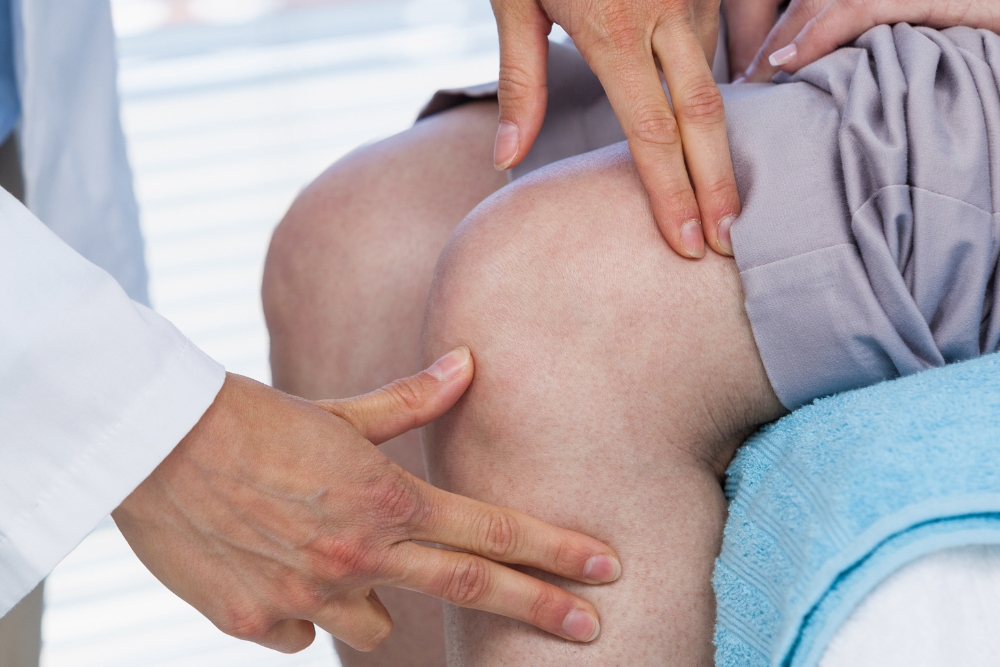Shoulder Pain Treatment Options for the Elderly
Shoulder pain is a common complaint that can affect daily activities, sleep, and mobility. Causes range from sudden injuries to gradual wear and tear, and symptoms can include stiffness, aching, sharp pain with movement, or weakness. Understanding likely causes and available treatments can help people and caregivers make informed decisions about care and rehabilitation.

This article is for informational purposes only and should not be considered medical advice. Please consult a qualified healthcare professional for personalized guidance and treatment.
What causes shoulder pain?
Shoulder pain often stems from the complex anatomy of the joint, which depends on bones, cartilage, tendons, muscles, and bursae functioning together. Common causes include acute injuries such as dislocations or fractures, overuse conditions, tendonitis, bursitis, and degenerative changes like osteoarthritis. Referred pain from the neck or chest can also present as shoulder discomfort. A clinical evaluation typically combines history, physical examination, and sometimes imaging (X-ray, ultrasound, or MRI) to identify the underlying issue before selecting a treatment plan.
Shoulder pain in the elderly
In the elderly, shoulder pain has distinct patterns and considerations. Age-related changes—thinning tendons, reduced blood supply, and joint cartilage wear—make older adults more susceptible to degenerative conditions and rotator cuff tears, sometimes without a clear injury. Balance, bone health, and comorbidities such as diabetes or cardiovascular disease influence both symptoms and recovery. Treatment choices should account for functional goals, overall health, and potential risks of interventions; conservative measures are often prioritized before surgical options are considered.
Treatment approaches for shoulder pain
Treatment broadly follows a stepwise approach: conservative care, targeted therapies, and, when indicated, procedures. Conservative care includes activity modification, pain relief with acetaminophen or nonsteroidal anti-inflammatories (under medical guidance), heat or cold therapy, and structured physical therapy to restore range of motion and strength. Occupational therapy can help adapt daily activities. For persistent or severe pain, clinicians might recommend corticosteroid injections, regenerative therapies in select cases, or referral to an orthopedic specialist. The choice depends on diagnosis, symptom severity, and patient preferences.
Arthritis-related shoulder pain
Arthritis in the shoulder—most commonly osteoarthritis but sometimes inflammatory types—causes joint stiffness, reduced motion, and a deep aching pain that worsens with use. Management focuses on reducing pain and preserving function through exercise programs tailored to maintain joint mobility and strengthen surrounding muscles. Lifestyle adjustments, weight management where relevant, analgesic medications, and intra-articular injections can provide symptom relief. In advanced cases with significant functional limitation, surgical interventions such as joint replacement may be evaluated, weighing surgical risks against expected improvements in pain and activity level.
Rotator cuff injuries and treatment
Rotator cuff problems range from tendon inflammation (tendonitis) to partial or full-thickness tears. Symptoms often include pain with overhead activities, night pain, and shoulder weakness. Initial care emphasizes relative rest, anti-inflammatory strategies, and a progressive physical therapy program focused on rotator cuff and scapular stabilizer strengthening. For tears that do not improve or that cause significant dysfunction, surgical repair or debridement may be options; rehabilitation after surgery typically requires several months of directed exercises. Decisions about surgery should consider tear size, symptom duration, patient age, and activity goals.
Finding local services and ongoing care
Locating appropriate local services involves identifying primary care providers, physical therapists, orthopedic specialists, and, where needed, pain management or rheumatology clinics. Many communities offer outpatient physical therapy clinics, university hospital orthopedic departments, and home health services for seniors with mobility limitations. When evaluating providers, consider qualifications, experience with elderly patients, accessibility, and whether services coordinate with primary care. Ongoing care may include periodic reassessment, home exercise programs, and adjustments to treatment plans as conditions evolve to maintain independence and quality of life.
Shoulder pain has multiple causes and a range of treatment options tailored to individual needs, particularly in elderly patients where degenerative changes and comorbidities are common. A structured approach—accurate diagnosis, conservative management when appropriate, targeted interventions, and coordinated follow-up—supports better outcomes and helps people maintain daily function and comfort.






